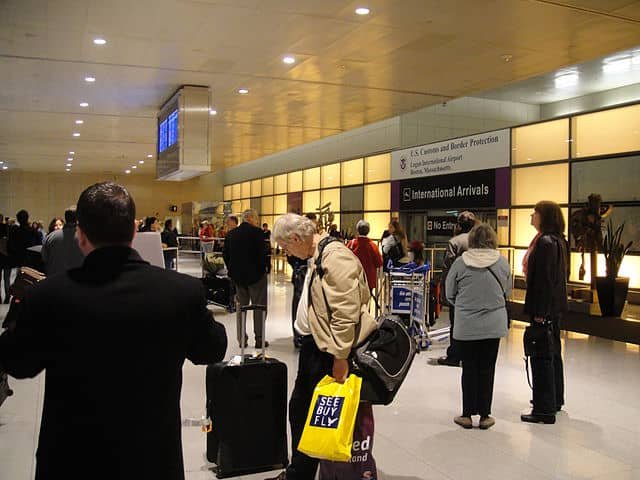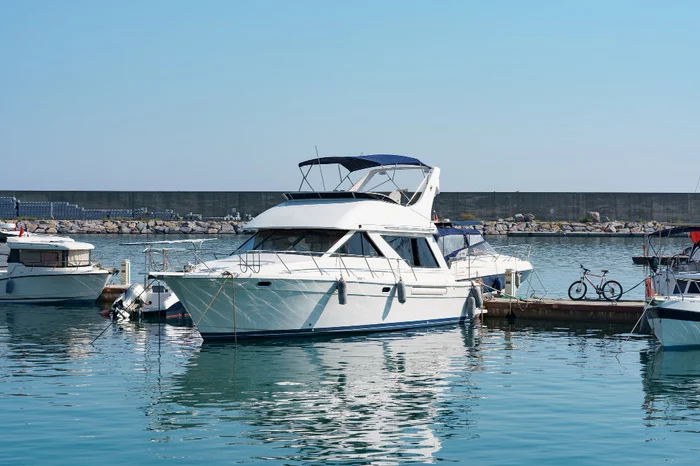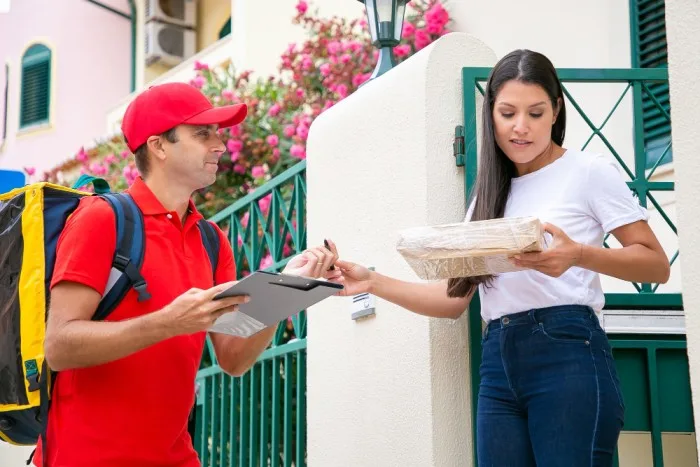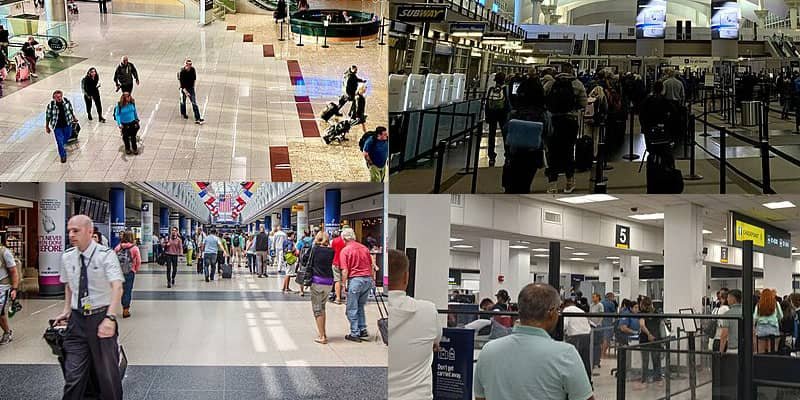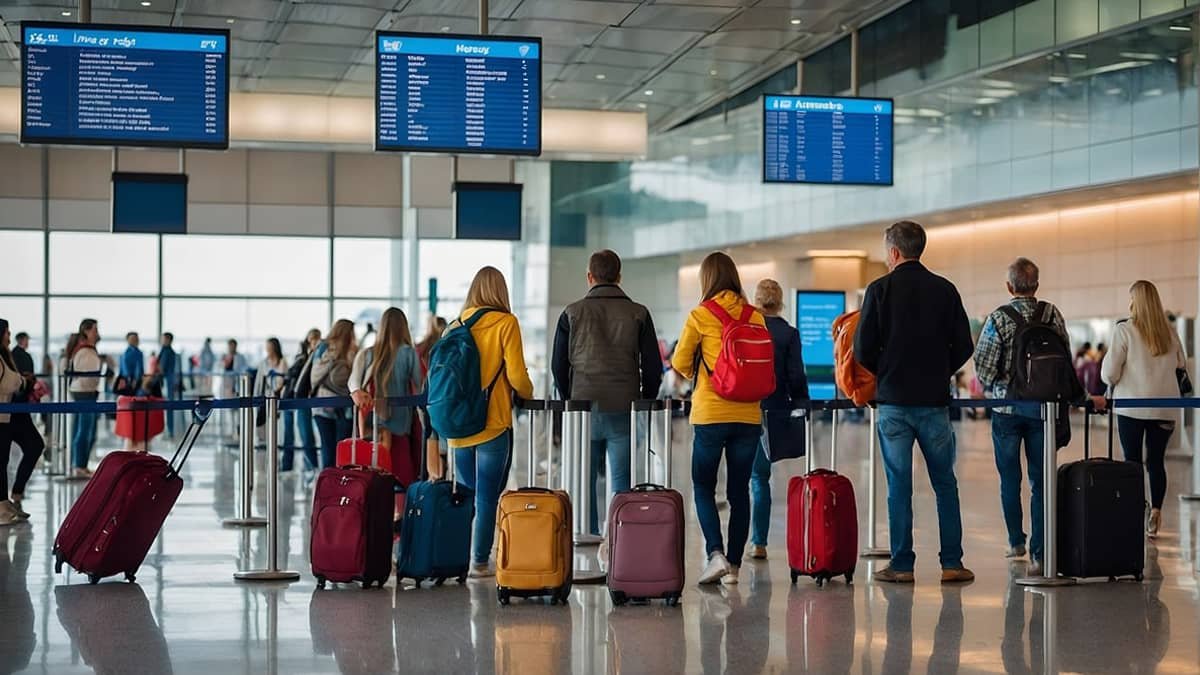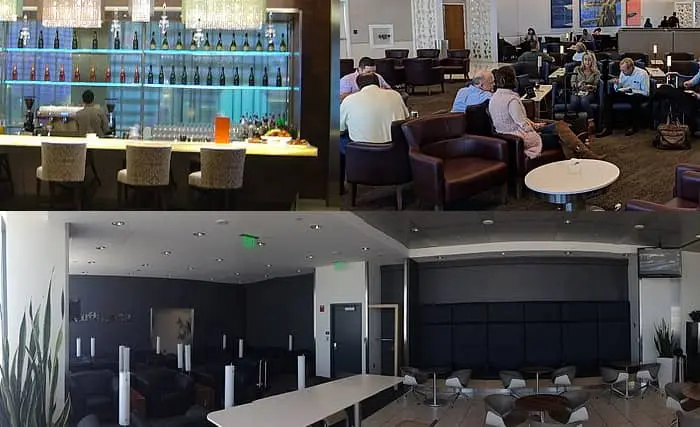Car Child Seat Rules in South Korea: A Comprehensive Guide for Parents
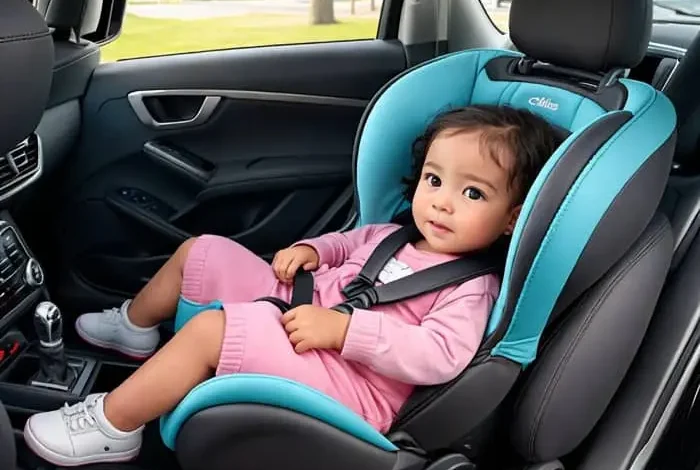
South Korea has made significant strides in improving road safety, particularly for its youngest passengers. With a blend of modern infrastructure and a cultural emphasis on family, the country has implemented specific regulations to ensure children are protected while traveling in vehicles. This article provides a detailed overview of South Korea’s car child seat laws, practical considerations for parents, and recommendations for ensuring compliance and safety. Whether you’re a resident or a visitor planning a trip to South Korea, understanding these rules is essential for keeping children safe on the road.
Legal Requirements for Child Car Seats
In South Korea, the Road Traffic Act mandates that children under six years old must be secured in an appropriate child restraint system when traveling in private vehicles. This law, outlined in Chapter 5, Article 50, aims to reduce the risk of injury and fatalities among young passengers. Violators face a fine of 60,000 KRW (approximately $45 USD) under the improper children and handicapped protection traffic violation. While the law sets a baseline, safety experts recommend extending the use of car seats or booster seats beyond age six, particularly for children under 145 cm (4 feet 9 inches) tall or weighing less than 36 kg, to ensure optimal protection.
The regulations specify different types of car seats based on a child’s weight and age:
- Infants up to 9 kg (approximately 20 lbs): Must use a rear-facing car seat, which provides critical support for a baby’s head and neck during collisions.
- Children between 9 kg and 18 kg (20–40 lbs): Should use a forward-facing car seat with a harness, suitable for toddlers.
- Children from 15 kg to 36 kg (33–80 lbs): Require a booster seat to position the adult seat belt correctly across their chest and hips.
While the law does not explicitly dictate the type of car seat, the Korea Certification Laboratory (KCL) sets safety standards, ensuring that car seats meet rigorous testing requirements. Parents should look for the “KCC” label to confirm compliance with South Korean standards.
Practical Considerations for Families
Private Vehicles
For families using private vehicles, ensuring the correct car seat is installed properly is crucial. Rear-facing car seats are recommended for children under two years old or until they reach the maximum weight limit (typically 18 kg), as they significantly reduce the risk of head and spinal injuries in crashes. Forward-facing seats are suitable for children aged 2–4 years, while booster seats are advised for children aged 4–8 years or until they reach 145 cm in height. Standard seat belts are designed for adults, and children transitioning too early may face risks due to improper belt fit, which can lead to abdominal or neck injuries.
Parents should ensure:
- The car seat is securely installed, moving no more than an inch side-to-side.
- Harness straps are snug, with the chest clip at armpit level and straps at or below shoulder level for rear-facing seats.
- Children avoid wearing heavy coats under harnesses, as these can reduce the effectiveness of the restraint. A blanket can be used for warmth instead.
Taxis and Ride-Sharing Services
Taxis in South Korea are generally exempt from the car seat requirement, which poses challenges for families traveling without their own vehicles. Standard taxis rarely provide child car seats, and young children may need to sit on an adult’s lap, which is not ideal for safety. However, the Seoul Metropolitan Government has introduced programs to equip some taxis with car seats for children under 24 months, and services like Taxibambino offer family-friendly options with pre-installed, certified car seats. Ride-sharing apps like Kakao T or TADA allow parents to request vehicles with car seats, but availability is limited, so advance booking is recommended.
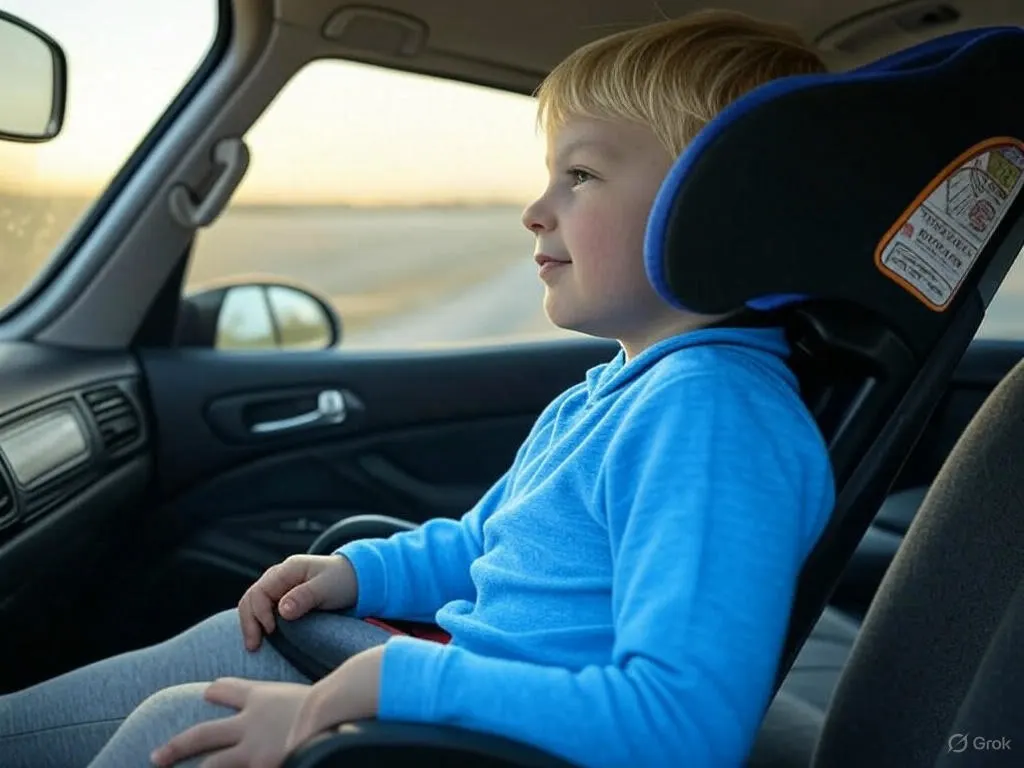
Rental Cars
For those renting cars, most companies in South Korea offer child seats for an additional fee, but availability varies. Parents should reserve seats in advance and verify proper installation before driving. Services like Taxibambino also provide rental cars with certified car seats, ensuring compliance and safety. If bringing a car seat from another country, such as the U.S., ensure it meets international safety standards and is compatible with your vehicle, as top tethers may not always be available.
Public Transportation
South Korea’s public transportation, particularly in cities like Seoul, is family-friendly, with step-free access and nursing rooms in many stations. Buses and subways do not require car seats, and children under six typically travel free. For families avoiding taxis or rentals, public transport is a safe and convenient alternative. Lightweight, foldable strollers are recommended for navigating crowded areas or traditional sites with uneven surfaces.
Cultural Context and Safety Awareness
Historically, car seat usage in South Korea was low, with only 20% of children using them as recently as 2011. Cultural attitudes sometimes viewed car seats as bulky or expensive, and enforcement was lax. However, awareness has grown, and modern parents are increasingly prioritizing safety. Brands like Daiichi offer advanced car seats with organic fabrics and shock-absorbing materials, catering to safety-conscious families. Despite progress, studies show that the use of front passenger seats for children remains high, and South Korea lacks legislation prohibiting children under 13 from riding in the front, unlike many Western countries.
Tips for Travelers
- Bring or Rent a Car Seat: For safety, consider bringing a portable car seat or renting one through services like Babonbo, which delivers clean, safe car seats to your accommodation.
- Plan Ahead: Book taxis or rentals with car seats in advance to avoid last-minute issues.
- Check Compatibility: Ensure your car seat is certified for air travel if used on flights and meets South Korean standards.
- Educate Yourself: Familiarize yourself with local road conditions and driving rules, especially in urban areas with narrow streets.
Conclusion
South Korea’s car child seat laws are designed to protect young passengers, mandating appropriate restraints for children under six. While compliance is straightforward in private vehicles, challenges arise with taxis and rentals, where planning is key. By understanding these regulations and prioritizing safety, parents can ensure a secure and enjoyable experience for their children on South Korean roads. For the latest information, check official government websites or trusted travel resources before your trip. 안전 제일 (Anjeon Jeil)—safety first


